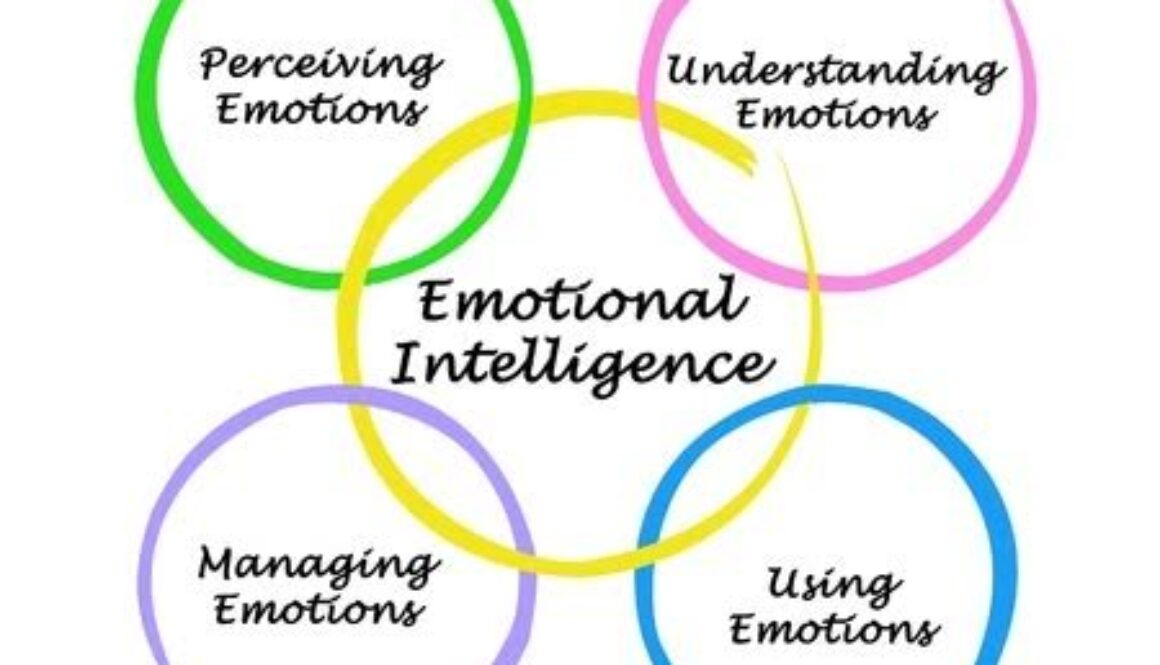In the Year of the Customer: Check Your Emotional Intelligence
A friend once asked, “How do you get people to do things for you?”
When I’m compelled by the story or problem, and passionate about the person, I find a solution. I make an emotional connection.
Harper Lee wrote, “You never really understand a person until you consider things from his point of view – until you climb into his skin and walk around in it.” – To Kill A Mockingbird.
People will choose to do something when they can connect with an underlying reason to do so. How and what you communicate are equally important.
The goal of persuasion is to convince the target audience to adopt and agree with the argument. By consciously applying the right questions, you can gain the response, outcome or information you need.
Lawyers and salespeople use leading questions that imply the answers they want to obtain. Other persuasive techniques include open-ended questions, like, “How did your meeting go?” as opposed to closed-ended questions that elicit yes or no responses.
An open-ended question might be used while shopping, during the holidays: “I know how busy you are, but may I ask a quick question about a gift for my son?” Acknowledging the salesperson’s situation shows empathy.
“Five concerns stimulate, for better or worse, a great many emotions that arise in a negotiation. The core concerns are appreciation, affiliation, autonomy, status, and role. Together these concerns more fully describe the emotional context of a negotiation than could any core concern,” says authors Roger Fisher and Daniel Shapiro in “Beyond Reason: Using Emotions as Your Negotiate.”
The same strategies hold true for marketers and brands that want to improve customer experience (CX). With 2016 coming to a close, the age of the customer is only beginning.
 Buyers demand consistent, value-added products and services in-person and through online and mobile experiences. If businesses cannot provide what’s needed in the moment, they will go elsewhere.
Buyers demand consistent, value-added products and services in-person and through online and mobile experiences. If businesses cannot provide what’s needed in the moment, they will go elsewhere.
Today, big data and analytics provide a tremendous amount of information about customers, but companies are still not measuring up.
According to McKinsey, although most executives, 84% agree innovation is important to growth strategy, 80% of business models are at risk. “B2B companies significantly underperform B2C customer experience index ratings, averaging less than 50%.” March 2016.
One problem is that data offers solutions if there’s transparency across disparate sources and its insights are understood. More commonly, data is siloed, complex and misinterpreted.
Instead of obsessing about customers and data, create products, services and experiences that customers want. “Customer experience leaders grow revenue faster than CX laggards, drive higher brand preference, and can charge more for their products,” says Rick Parish in Forrester’s “U.S. Customer Experience Index, 2016.”
Creating an emotional connection with a customer drives high CX rankings. “Some of the industry leaders include JetBlue in the airline industry, USAA in financial services, Apple in PC manufacturers and Lexus in automotive. A ‘happy customer’ does not correlate with brand loyalty. The top three drivers for loyalty are making customers feel valued, appreciated and confident.” Forbes, July 2016.
Harvard Business Review hosted a roundtable about, “What CEOs Really Worry About” with three executives on their 2016 list of the world’s best CEOs. Number three on the list, Inditex CEO Pablo Isla said, “In managing a company, you of course need to be rational. I lead a company with more than 150,000 employees and millions of customers. But I’m gradually learning to be less rational and more emotional.
Motivating people and generating a sense of spirit inside a company are essential parts of a CEO’s role. We need to appeal to our employees’ emotions to help create an environment where they can innovate.”– Harvard Business Review, November 2016.
